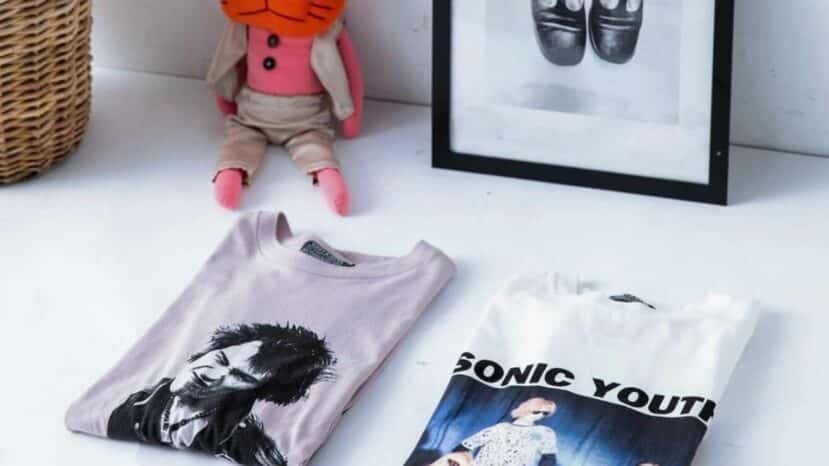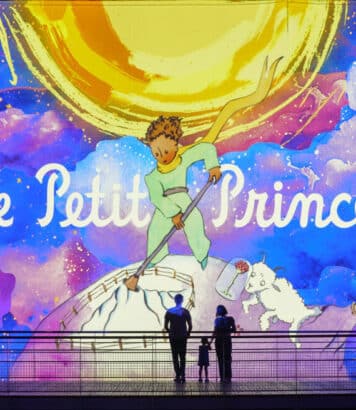Hysteric Glamour: the cult Japanese brand that crosses generations

Born in 1984, the Hysteric Glamour brand never ages: it mutates, adapts and today appeals to K-pop fans and 70s punk nostalgics alike. So what’s the secret behind this atypical longevity?
A brand shaped by rock, not fashion
For Nobuhiko Kitamura, founder of Hysteric Glamour, fashion is never more than a pretext for expressing a universe. Inspired at an early age by the American glam rock scene – from Suzi Quatro to Patti Smith, via MC5 – he developed an aesthetic infused with music, vintage images, comic books and mass advertising.
A graduate of Tokyo Mode Gakuen, he rejects the minimalist conformism embodied by Comme des Garçons and Yohji Yamamoto, who were conquering the West at the time. He prefers the second hand, raw style and hijacked rock wardrobes, and dreams of recreating the spirit of musical thrift stores through his collections.
Anti-brand turned international cult
Before Bape or Undercover, Hysteric Glamour was a pioneer of rebellious, provocative Japanese streetwear, born in the back alleys ofHarajuku. But it was in New York and London, in the late 1980s, that the brand began to shine. Kurt Cobain himself wore a Sonic Youth T-shirt designed by Kitamura for Kim Gordon, a fervent admirer of the label.
Behind its pop slogans, outrageous visuals and unisex silhouettes, the brand cultivates an underground, artistic aura, with cutting-edge collaborations – from Supreme to Kiko Kostadinov.
An intergenerational aesthetic that stands the test of time
Today, Gen Z is still appropriating Hysteric Glamour pieces, while cohabiting with the faithful from the early days. The same wardrobe for radically different generations, who share a passion for graphic insolence, heavy cotton and straightforward cuts.
To mark its 40th anniversary, Kitamura is planning an original scrapbook, a visual testimony to an adventure in which clothing becomes language and manifesto.
More of a designer than an entrepreneur
Unlike many founders, Kitamura refuses to talk about a “company”. He defines himself as a designer-artist, publishes photo books, supports figures such as Daidō Moriyama and Nobuyoshi Araki, and is keen to keep his brand outside capitalist logics.
Read also: The Institut du Monde Arabe launches a prize that will change everything…




